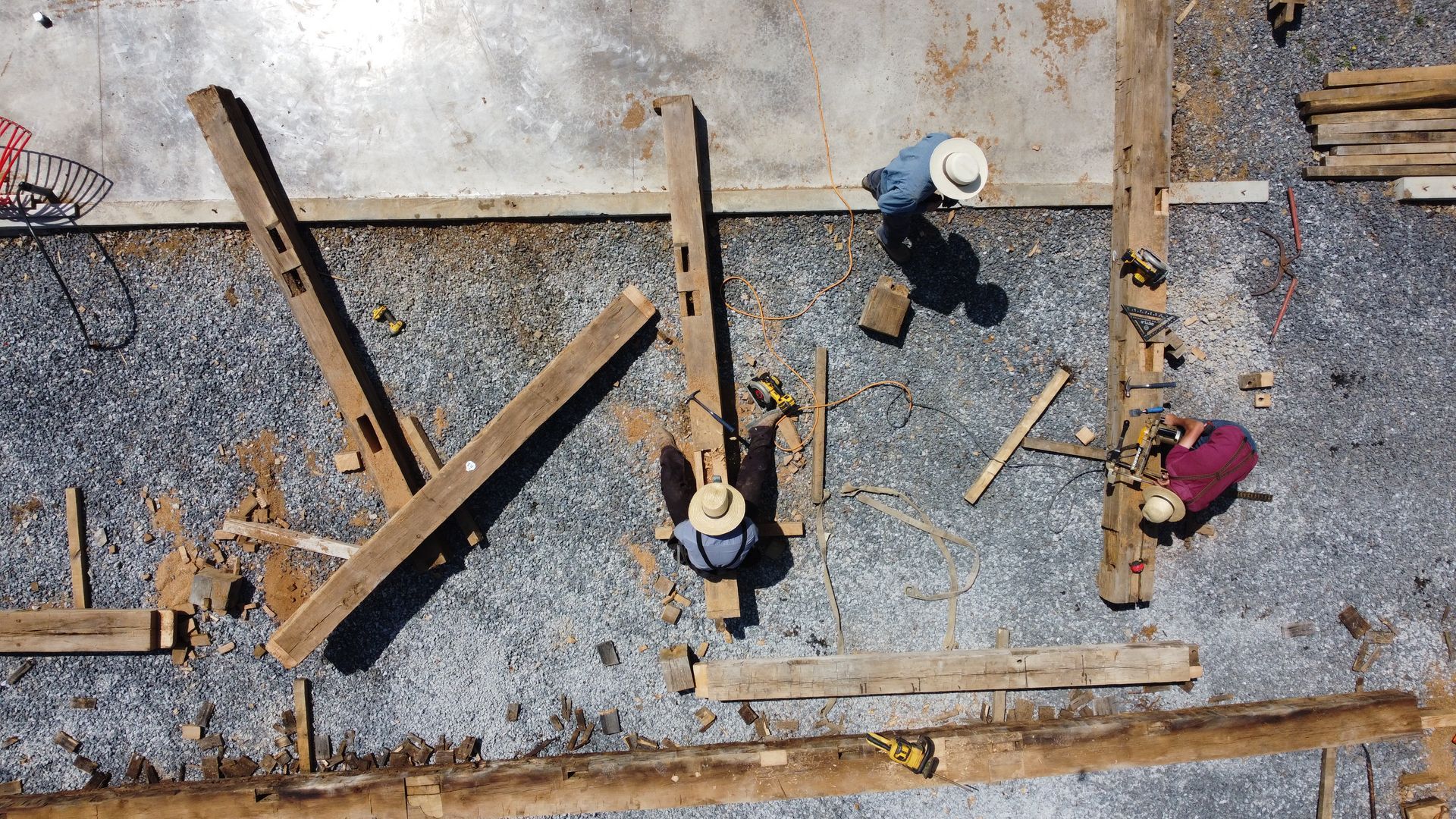Frame Reassembly Hacks Every Heritage Lover Should Know
Mastering Frame Reassembly: Essential Tips for Heritage Enthusiasts

Putting an old building back together is like solving a giant, historical puzzle. Each piece, a heavy wooden beam, holds stories from centuries past. At Bay & Bent, we see frame reassembly as a vital skill in historic preservation. It connects us to the past and keeps architectural history alive for future generations to enjoy.
In this guide, we will walk you through the essential restoration techniques involved in this craft. You'll learn about the careful planning, special tools, and expert knowledge needed to bring these beautiful structures back to life. Understanding this process deepens your appreciation for the buildings that define our heritage.
What is Frame Reassembly?
Frame reassembly is the process of putting the structural skeleton of a historic building back together. Before we can even think about assembly, we must first carefully take the frame apart. This is a delicate job that requires immense planning and attention to detail.
The first step is always documentation. Photograph, measure, and label every single timber before it's moved. This creates a detailed map that guides us during the reassembly phase. Without this roadmap, putting the frame back together correctly would be nearly impossible. It’s a core part of responsible historic preservation.
Tools for Traditional Craftsmanship
The tools used for frame reassembly have remained largely unchanged for centuries. This commitment to traditional craftsmanship ensures the integrity of the historic structure.
Key tools include:
- Hand planes for smoothing wood surfaces
- Sharp chisels for carving precise joints
- Wooden mallets for gently tapping timbers into place
- Drawknives for shaping and fitting beams
While we honor these classic methods, we also use modern tools to improve accuracy. Laser levels and digital measuring devices help us ensure every part of the frame is perfectly aligned. This blend of old and new restoration techniques allows us to achieve the best results.
Restoring Historic Joints
Historic timber frames are famous for their strong, interlocking joints. These connections, like the mortise and tenon, were designed to hold buildings together for centuries without any nails or screws. When we reassemble a frame, we inspect each joint with great care.
Over time, wood can shrink, twist, or warp. Our team of experts knows how to work with these changes. We might add a thin piece of wood, called a shim, to tighten a loose joint. Or, we might carefully reshape a connection to ensure it fits snugly. This part of the process requires a deep understanding of how wood behaves.
The Importance of Sequence and Timing
One of the secrets to successful frame reassembly is following the correct order. You can’t just start putting pieces together randomly. Historic buildings were built in a specific sequence, and we follow that same pattern during reconstruction. Typically, the process starts with the foundation sills, moves to the vertical posts, and finishes with the top plates and rafters.
The weather also plays a critical role. Wood expands in humid conditions and shrinks when the air is dry. A joint that fits perfectly on a sunny day might be too tight on a rainy one. We carefully plan our work around the weather to ensure every connection is just right. This is one of those restoration techniques that only comes with experience.
Why You Need Professional Expertise
While learning about frame reassembly is fascinating, doing the work requires years of hands-on experience. Each historic building has its own unique set of challenges. The type of wood, the original building style, and how the structure has settled over hundreds of years all create puzzles that only an expert can solve.
At Bay & Bent, this is what we do. We have decades of experience in historic preservation. Our team travels the country to find remarkable historic frames. We carefully disassemble them, bring them back to our facility for repairs, and then deliver them to their new homes for reassembly by skilled craftsmen. We believe every historic frame has a story to tell, and our job is to preserve that story.
Common Mistakes in Frame Reassembly
Even skilled builders can make mistakes during frame reassembly. These errors can damage priceless historic timber and compromise the entire structure.
Here are a few common mistakes to avoid:
- Forcing Joints: Never force a joint that doesn’t fit. This can crack the old wood. The connection should be snug but not forced.
- Ignoring Marks: The original builders often made marks on the timbers to guide assembly. Ignoring these can lead to pieces being installed in the wrong place.
- Using Modern Fasteners Incorrectly: While sometimes necessary, using modern screws or bolts in the wrong way can weaken traditional joints.
- Rushing the Process: Traditional craftsmanship takes time. Frame reassembly is a slow, methodical process that cannot be hurried.
The Future of Historic Preservation
Technology is bringing exciting changes to the world of frame reassembly. With 3D scanning, we can create detailed digital models of a building before we even touch it. This helps us understand its complexities and plan the project more effectively.
However, technology will never replace the skill of a true craftsman. Knowing how wood feels, recognizing different joint types by sight, and having an intuition for when something isn't right these are skills honed over a lifetime. Frame reassembly is more than just construction; it’s a bridge that connects us to our past. Each restored frame is a victory for historic preservation and a tribute to the enduring power of traditional craftsmanship.









